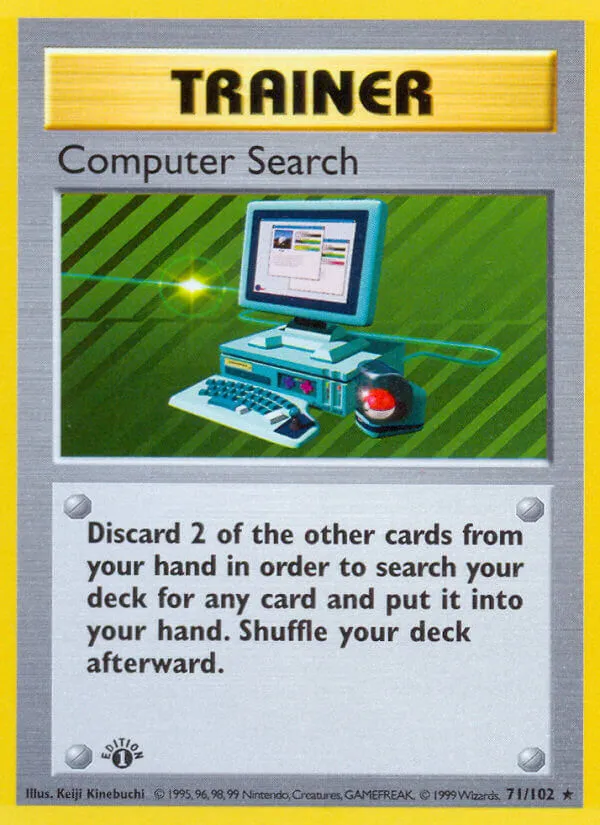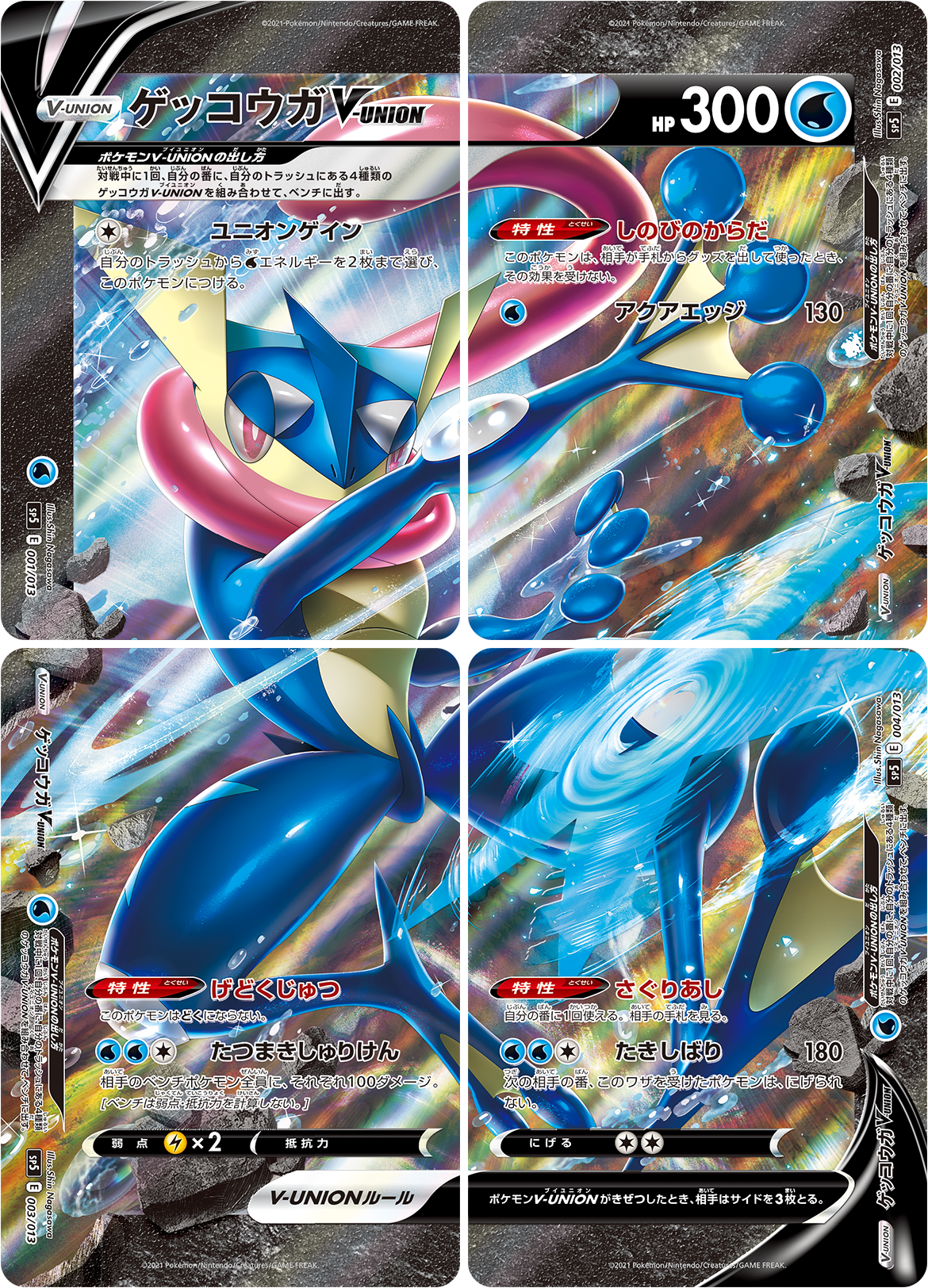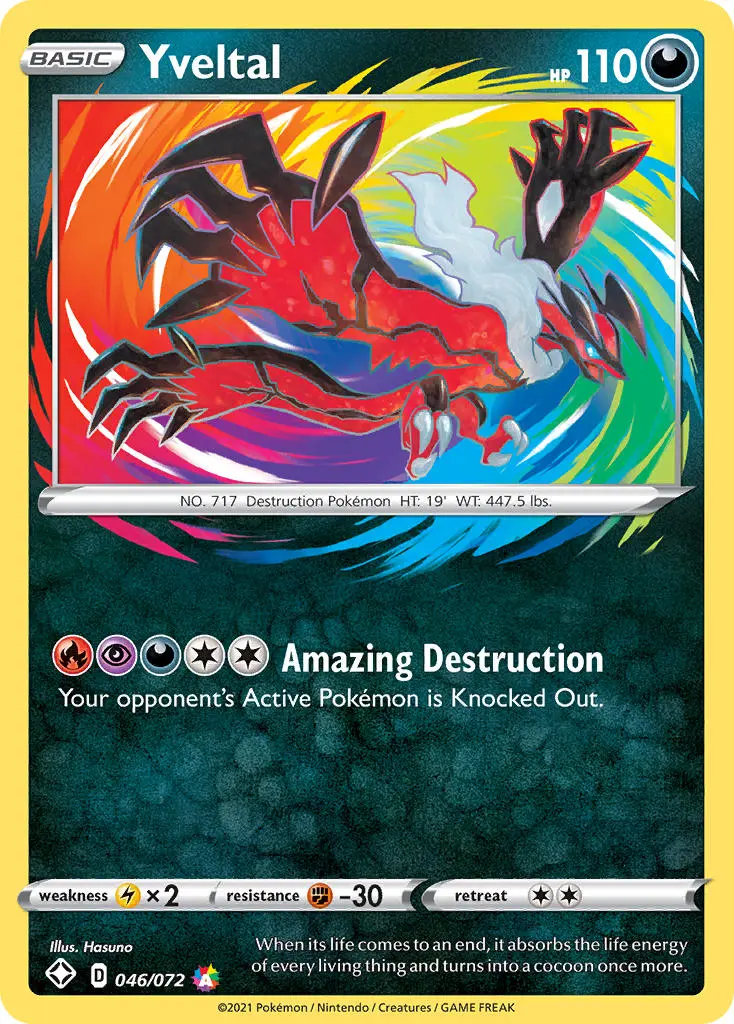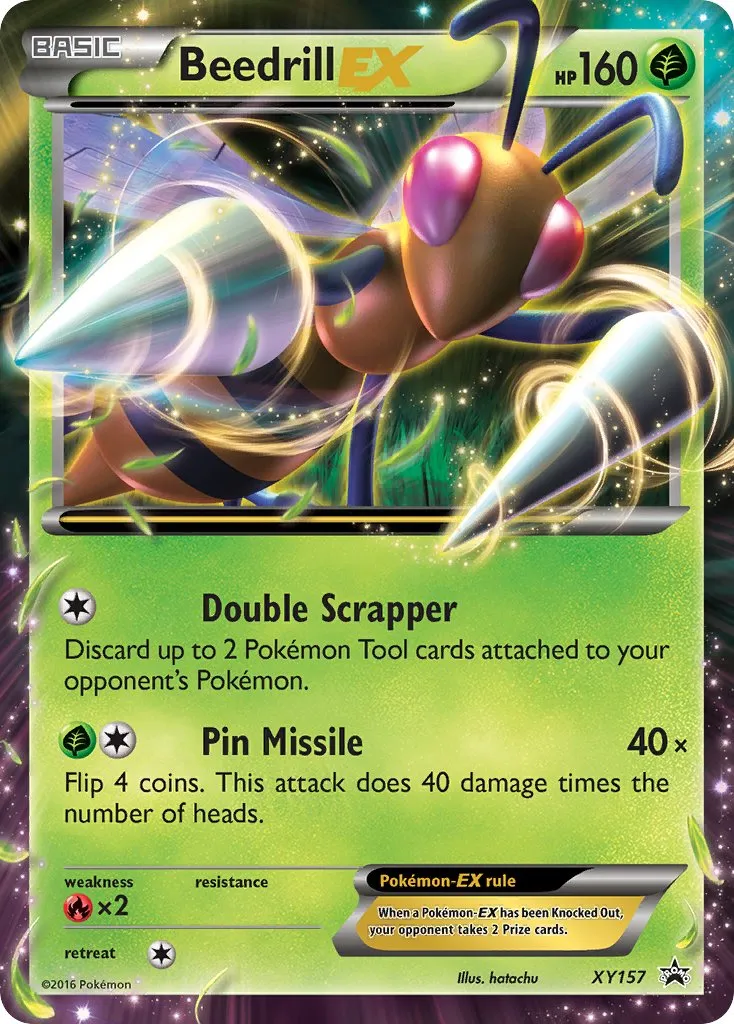Il tuo account
Loading...
Products
Magic: The Gathering Line
If there is something that always causes a lot of controversy among players is the discussion whether a card that is about to be released is actually playable or not. We’ve all been there. "If only I could go back in time I would spend all my money and buy 10 Tarmogoyf when it was first released, I would be rich now". Does it sound familiar?
And it is strange because, while there are cards whose success is a no-brainer, there have been multiple occasions where a forgotten one suddenly becomes incredibly powerful and gets a 2000% price increase in a matter of days. Being able to accurately predict if a card is strong or not can actually save you a lot of money when it comes to buying singles or during the pre-release time, but it is not an exact science.
So what I am going to try to answer here in this article is something that has haunted players, me included, since the beginning of TCGs: What is the difference between a good and a bad card?
While this is a Pokémon article and most of the examples are going to revolve around it, I feel most of the information I am going to be providing here can be applied, in one way or another, to other TCGs like Yu-Gi-Oh! or Magic: The Gathering.
If you ask me, in my +10 years playing TCGs, there are usually three aspects that need to be true for a card to be good or, at least, one of them needs to happen. I typically formulate them as follows:
It needs to be able to stand on its own alone
It needs to have the right playing cost
It needs to be in the right context
Let’s break down why I mean by each!
What makes a Pokémon card good: It needs to able to stand on its own alone
Think about the following scenario. A new supporter card is announced with an effect that lets you draw 6 cards without any drawbacks. It is clear that it is going to be a superb addition to every deck in the format because there is no reason why you wouldn’t want to draw that many cards during your turn. Or think about something like Computer Search, a card that lets you search for anything you want at any moment. It is an instant inclusion.
These are cards that - because of how the game is configured and the effect they have - are just good. These cards are in fact that good that they don’t care about anything else: they are generic and become instant staples.

These cards are so good on their own that no matter the time that passes or the format they are reprinted for, they are just going to see play. I’ve seen this in Pokémon with cards like Ultra Ball or Professor’s Research, coming back into the game at different moments and always having a maximum impact. Do you think there could be an MTG format where Black Lotus is not a must-have if it was legal? If that was the case, it would be because the game, as we know, has changed so much that it is no longer the game it used to be.
I’ve seen this happen again and again across all different games. There are cards with absolutely insane, broken effects that never see success because of the high amount of resources they require to be activated, resources that from a realistic point of view you are rarely going to be met.
It is always a balance between what a card gives you and what it costs you to activate it. When you see a card you need to ask yourself the question: is it worth it investing turns and resources to actually be able to summon/play it? Are these resources perhaps too situational? Sure, Exodia is a winning mechanic in Yu-Gi-Oh!, but can you actually find it quick enough to win most of your games in a 10-round tournament? That is the kind of logic.
In Pokémon, we always have really powerful Pokémon that when they hit the field can change the course of the game or even seal your victory, but some of them are never considered because all you are forced to invest. At the best, they become rogues. The most recent example I can think about is the V-Union. Precisely talking about Exodia, the V-Union Pokémon are cards that can only be assembled when all the pieces are in the discard pile. Without proper resources to send all of them there and with the risk of prizing one or even more pieces, it doesn’t matter what they do: players are not going to dedicate their time to it.

As I am writing this, Radiant Yveltal comes to mind. A very, very powerful attack with the capability of sending whatever Pokémon to the Shadow Real but with an insane cost. It would be crazy to try to use it and players didn’t bother… until Lugia VSTAR got released and Yveltal suddenly became the deadliest Pokémon out there.

Perhaps this is the most important point. There is a sentence that I kinda came up with and that I always repeat which is: "A card is only as good as the context it lives in." The context can refer to having cards that enable a combo (like the Yveltal/Lugia situation) or because, plainly put, there is nothing else better. This is very much linked to the point above. Maybe you have a very costly card but there happens to be a lot of options available for it to be efficient. Or the other way around. It is because the context changes so much with every new set release that cards that used to be bad suddenly become good or the other way around.
Let me give you some of my favorite examples.
Look at this Onix card. 4 retreat cost and one single attack that requires 4 energies to deal a very mediocre 120 damage. Without doubt, binder food, don’t you think? Well … it actually saw play. In the Sun & Moon era, one of the decks that was dominating the entire metagame was Zoroark GX, a darkness-type Pokémon that happened to be weak to fighting. One of the decks that struggled the most against Zoroark variants was Malamar. Malamar had the capacity of attaching multiple energies from the discard pile and many players decided to include Onix in an attempt to equalize the matchup. Honestly, Onix ended up being there because there was nothing else better. A pretty mid card (or even a bad one, by all standards) was the only available answer at that time.
The history of TCGs is full of these types of stories. Another one I remember very clearly was that time where Garbodor with the Garbotoxin ability was running rampant and destroying any deck that relied on abilities. At that moment, there was no way to get
rid of tool cards, the way in which Garbodor activated its own ability. So players were so desperate that they decided to go the hard way and ensure that at least they included something that helped them have a change. Beedrill EX, a terrible, terrible card back then, was the only "generic" way of removing tools and some Greninja players risked consistency and decided to include them in their 60 cards build. Once Field Blower got released, Breedrill was put in a corner and never played again (poor Beedril, I have nothing against it, but that was the truth).

It is very difficult to predict when the right format will come for a card to shine. My piece of advice is that whenever you think a card has an interesting effect, pick it up even if there are cards that can do something similar better or even if you don’t see immediate use. As long as it is not a big investment, it never hurts to have them "just in case". In 2011, I remember playing Yu-Gi-Oh! and seeing how a card that was ok but never broken, Tour Guide, suddenly became one of the main pillars of the entire format when a new mechanic (exceed monsters) was announced. It multiplied its original price for like, what, four times?
Binders, Albums, and Mass Storage Boxes: Keep your Pokémon collection safe with Ultimate Guard!
Even if you take all that we have discussed into consideration, there are still things that people can’t anticipate. You can never know exactly what is going to happen and there are chances that what seems broken ends up being mid and what looks bad finds a place in the metagame.
Apart from asking yourself some of the questions I have explained in the article, another great idea is to discuss with friends. They will always offer you a different point of view you might not have thought of. And well, right, you might end up picking cards that do not become meta but, better be safe than sorry, don’t you agree?